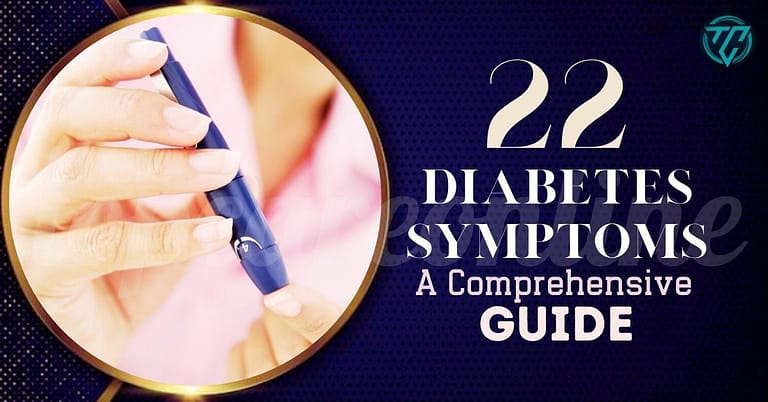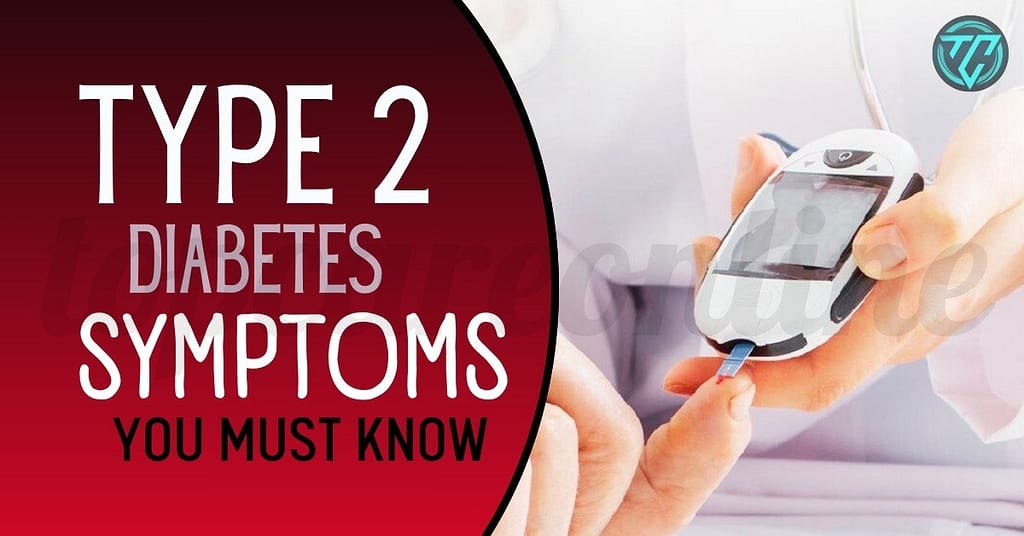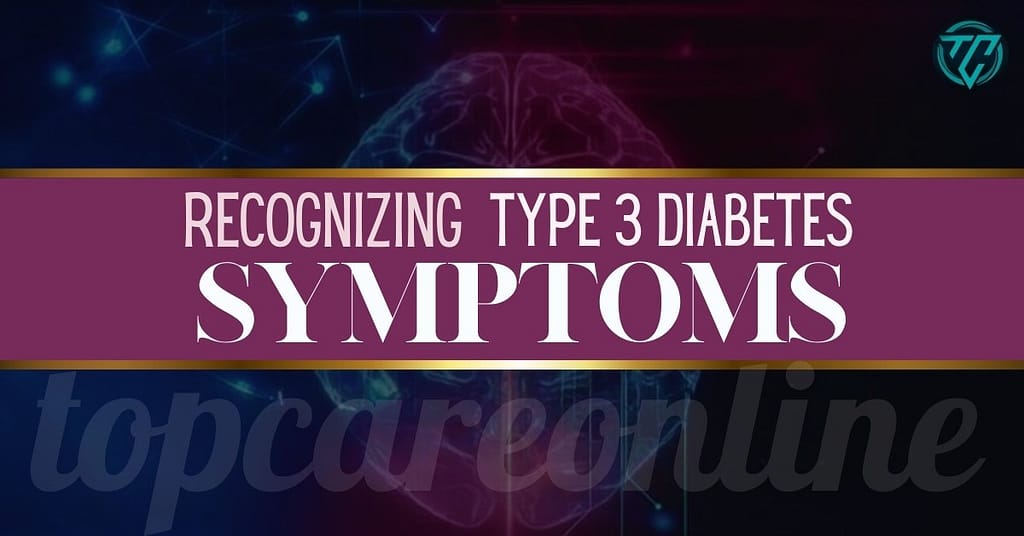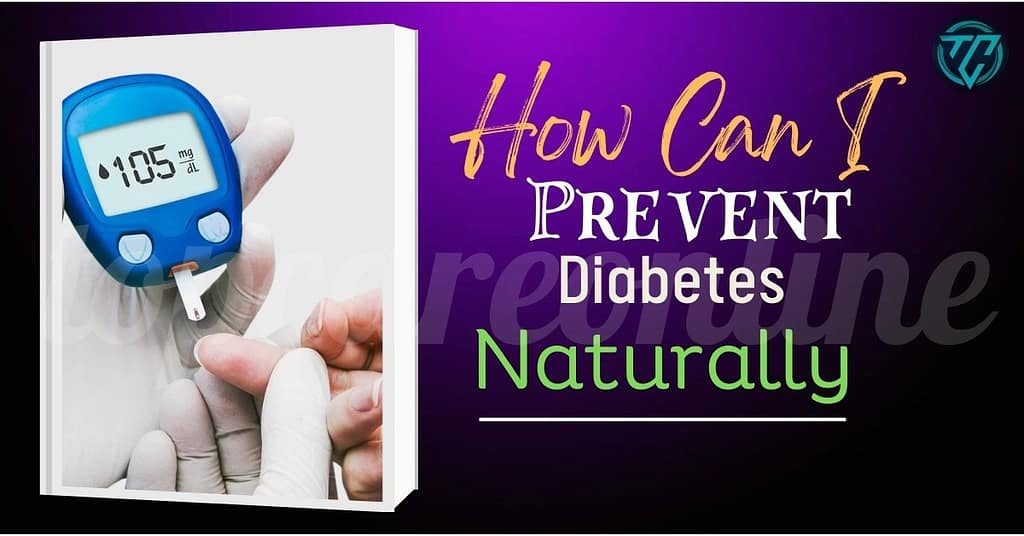Common Symptoms | Type 1 & Type 2 | When to See a Doctor | Commonly Asked Questions
What are the signs your body is giving you about diabetes?
Whether it’s Type 1 or Type 2, diabetes can creep up in various ways, and it’s crucial to recognize the symptoms early on. From Type 1 Diabetes Symptoms that usually appear in childhood to Type 2 Diabetes Symptoms that may develop slowly in adults, knowing what to watch for can make a world of difference.
Even the littlest ones aren’t exempt—Toddler Diabetes Symptoms and Diabetes Symptoms in Children often go unnoticed until they become serious. And for those experiencing pregnancy, Pregnancy Diabetes Symptoms can lead to complications if left untreated. Whether you’re dealing with Low Blood Sugar Symptoms in Adults or noticing signs of Diabetes Mellitus Symptoms in your family, this guide will walk you through everything you need to know to spot the early indicators. Ready to take control of your health? Keep reading to discover the signs you shouldn’t ignore!
Types of diabetes:
Type 1 Diabetes: An autoimmune condition where the immune system attacks insulin-producing cells in the pancreas, leading to little or no insulin production. This type usually develops in children or young adults.
Type 2 Diabetes: The most common form, where the body becomes resistant to insulin or doesn’t produce enough. It often develops in adults and is linked to lifestyle factors such as obesity, physical inactivity, and poor diet.
Gestational Diabetes: Gestational diabetes is a temporary form of diabetes that occurs during pregnancy. It arises when the body cannot produce enough insulin to meet the increased demands of pregnancy, leading to high blood sugar levels. While it usually resolves after childbirth, women who have had gestational diabetes are at a higher risk of developing Type 2 diabetes later in life.
Type 3 Diabetes: Sometimes referred to in relation to insulin resistance in the brain, often linked to cognitive decline and Alzheimer’s disease.
Type 4 Diabetes: A term used less frequently, it can refer to a range of conditions, including late-onset forms of diabetes that may not fit neatly into the other categories.
Symptoms of diabetes can include excessive thirst, frequent urination, fatigue, blurred vision, and slow healing of wounds. If left untreated, diabetes can lead to serious health complications, including heart disease, kidney damage, nerve damage, and eye problems. Management typically involves lifestyle changes, monitoring blood sugar levels, and medication or insulin therapy when necessary.
Common Symptoms of Diabetes
How can I know I am diabetic? Diabetes is characterized by multiple symptoms that arise due to elevated blood sugar levels and the body’s inability to effectively use insulin.
Recognizing these symptoms early is crucial for timely diagnosis and management. The following are common symptoms associated with diabetes:
- Increased Thirst: One of the most common diabetic symptoms is polydipsia, or increased thirst. This occurs because high blood sugar levels cause the body to pull fluid from tissues, making one feel dehydrated and thirsty.
- Frequent Urination: Known as polyuria, this symptom results from the kidneys’ efforts to rid the body of excess sugar through urine. Frequent urination, especially at night, is a hallmark sign of both type 1 and type 2 diabetes.
- Extreme Fatigue: Elevated blood sugar levels can impair the body’s ability to use glucose for energy, leading to persistent feelings of tiredness and exhaustion. This symptom is common in both type 1 and type 2 diabetes.
- Blurry Vision: High blood sugar levels can cause changes in fluid levels in the eyes, leading to blurred vision. This symptom may fluctuate and improve with blood sugar management.
- Slow Healing of Wounds: Elevated glucose levels can impair blood circulation and the body’s ability to heal. This can result in slow healing of cuts and wounds, increasing the risk of infections.
- Unexplained Weight Loss: In type 1 diabetes, the lack of insulin prevents the body from using glucose for energy, leading to the breakdown of muscle and fat for fuel. This can cause significant and unexplained weight loss.
Recognizing these signs can prompt early medical intervention, improving outcomes and quality of life for those affected by diabetes.
Symptoms of Type 1 Diabetes and Type 2 Diabetes
Understanding the symptoms specific to Type 1 and Type 2 diabetes is crucial for accurate diagnosis and effective management. Although both types of diabetes share some common symptoms, there are key differences that can help differentiate between them.
Type 1 Diabetes Symptoms
Type 1 diabetes, often diagnosed in children and young adults, typically presents with a rapid onset of symptoms. These may include:
- Frequent urination
- Excessive thirst
- Unexplained weight loss
- Extreme hunger
- Fatigue and weakness
Learn more Type 1 Diabetes Symptoms. The rapid onset of symptoms in Type 1 diabetes is due to the autoimmune destruction of insulin-producing beta cells in the pancreas. This leads to a sudden and substantial rise in blood glucose levels, necessitating immediate medical attention.
Type 2 Diabetes Symptoms
Type 2 diabetes, more common in adults and often associated with obesity and a sedentary lifestyle, tends to develop gradually. Symptoms may include:
Learn more about The gradual onset of Type 2 diabetes symptoms is linked to insulin resistance, where the body’s cells become less responsive to insulin. This leads to a slower increase in blood glucose levels, often resulting in a delayed diagnosis.
Recognizing these distinct symptom patterns is essential for identifying the specific type of diabetes. Early detection and appropriate treatment can significantly improve patient outcomes and quality of life.
How to Check Diabetes at Home
There are a few ways to check for diabetes at home. The most common method is to use a blood glucose meter to measure your blood sugar level.
Here’s how you can check your blood sugar levels at home:
- Purchase a blood glucose meter: You can find these meters at most pharmacies or online. Make sure to choose one that suits your needs and comes with test strips and lancets.
- Prepare the materials: Wash your hands with soap and warm water, dry them thoroughly, and gather your blood glucose meter, test strips, lancet device, and alcohol swabs.
- Insert the test strip into the meter: Follow the instructions provided with your specific meter model to correctly insert the test strip into the device.
- Prepare the lancing device: Load a new lancet into the lancing device as per its instructions. Adjusting for depth may be necessary depending on comfort levels and skin thickness.
- Cleanse your finger: Use an alcohol swab to clean an area on one of your fingers where you will prick it for a drop of blood.
- Prick your finger: Use the lancing device on a low setting (enough for adequate blood flow) to prick the cleansed area on your finger or alternate site if recommended by healthcare professionals.
- Apply sample to test strip: Gently squeeze or massage around the pricked area until you get a small drop of blood, then touch this drop onto the
When to See a Doctor
Recognizing when to seek medical advice is crucial in managing diabetes effectively. Early diagnosis and intervention can significantly reduce the risk of severe health complications.
It’s important to consult a healthcare professional if you experience any of the following symptoms:
- Frequent urination
- Excessive thirst
- Unexplained weight loss
- Extreme hunger even after eating
- Blurred vision
- Fatigue and weakness
- Numbness or tingling in hands or feet
- Slow-healing sores or frequent infections
Early diagnosis of diabetes, whether it’s type 1 or type 2, is vital for preventing severe complications such as cardiovascular disease, kidney damage, and nerve damage. Untreated diabetes can lead to life-threatening conditions, making timely medical consultation imperative.
During a medical consultation, you can expect your doctor to ask about your symptoms, medical history, and lifestyle habits.
They may also conduct several tests to diagnose diabetes, including:
- Glycated hemoglobin (A1C) test
- Fasting blood sugar test
- Oral glucose tolerance test
- Random blood sugar test
Based on the results, the doctor will determine whether you have type 1 or type 2 diabetes and discuss the appropriate treatment options. Treatment plans often include a combination of medication, lifestyle changes, and regular monitoring of blood sugar levels.
Managing diabetes symptoms effectively involves adopting a healthy lifestyle, which includes a balanced diet, regular physical activity, and maintaining a healthy weight. Additionally, regular check-ups with your healthcare provider are essential to monitor your condition and adjust your treatment plan as needed.
Commonly Asked Questions
What is Normal Blood Sugar by Age?
The normal blood sugar levels can vary depending on age, but generally, the target ranges for fasting blood glucose (measured in milligrams per deciliter or mg/dL) are as follows:
- For adults (ages 18 and older): 70-99 mg/dL
- For children and adolescents (ages 6-17): 70-100 mg/dL
- For children under 6 years old: Above 70 mg/dL
It’s important to note that these are general guidelines, and individual targets may vary based on factors such as overall health, medical history, and specific recommendations from healthcare professionals. It is always best to consult with a doctor for personalized advice regarding blood sugar levels.
Is 150 Blood Sugar OK?
A blood sugar level of 150 mg/dL is not considered normal, especially if it is a fasting blood glucose reading. According to the American Diabetes Association, a fasting blood glucose level of 100-125 mg/dL indicates prediabetes, and a level of 126 mg/dL or higher may suggest diabetes.
If the blood sugar level of 150 mg/dL was measured after eating (postprandial), it may still be high but could be within an acceptable range depending on how long after eating the measurement was taken.
It’s important to consult with a healthcare professional for personalized guidance and understanding your specific situation.
What Time of Day is Blood Sugar Highest?
For most people, blood sugar levels tend to be highest after meals, especially meals high in carbohydrates. This postprandial peak typically occurs around 1-2 hours after eating.
In the morning, just before waking up, some people experience a natural rise in blood sugar levels due to the release of hormones that help wake the body up. This is known as the dawn phenomenon.
It’s important to note that individual variations can occur based on factors such as diet, physical activity, and medication use.
The dawn phenomenon leads to high levels of blood sugar, a condition called hyperglycemia. It usually happens between 4 a.m. and 8 a.m. The cause of the dawn phenomenon isn’t clear. Some researchers believe the overnight release of certain hormones that happens naturally increases insulin resistance
Early detection is vital—stay informed to manage diabetes effectively!











